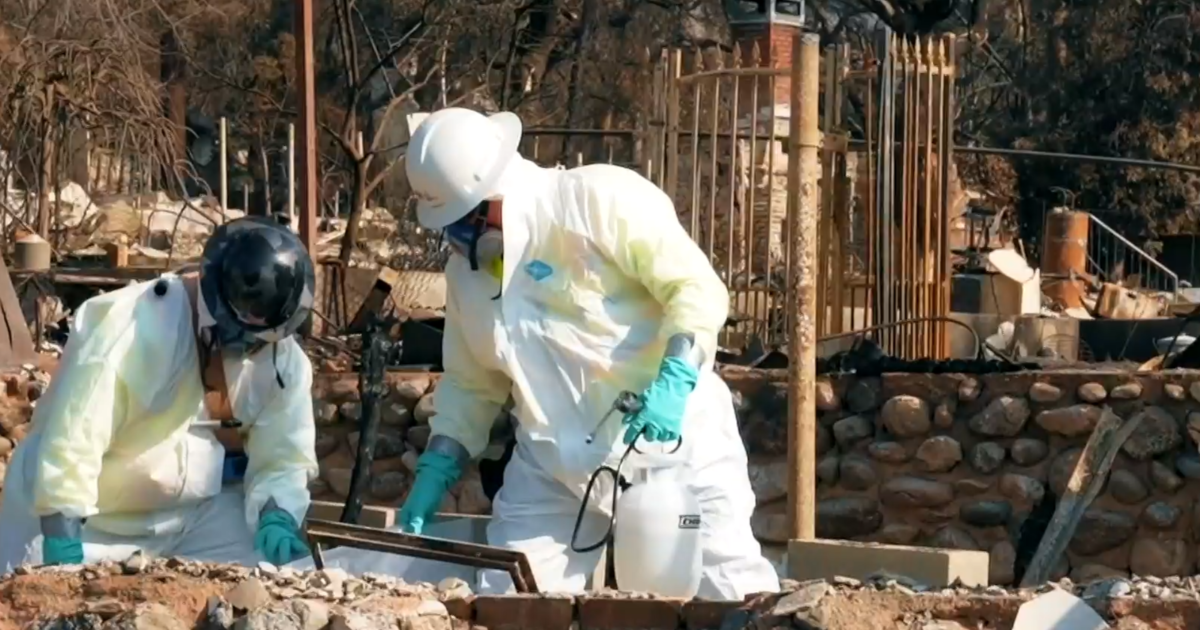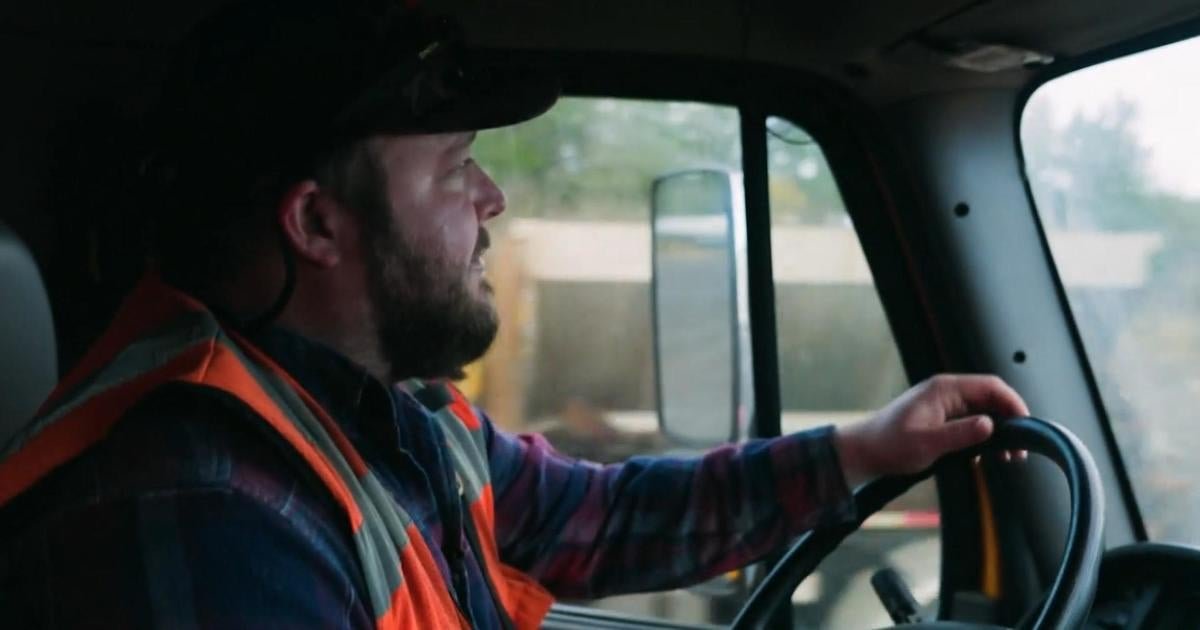Altadena, California — More than 9,000 homes and businesses were burned to the ground in the deadly Eaton Fire, which tore through the Los Angeles County community of Altadena last month. The Environmental Protection Agency on Thursday allowed CBS News to accompany an EPA team sifting through the ash searching for toxic debris.
“We look for any uncombusted paints,” Harry Allen, a federal onsite coordinator with the EPA, told CBS News. “Or any household chemicals, pesticides. We look for batteries, especially in electric vehicles. And other kinds of hazards, like unburned munitions, we may even remove.”
The EPA also monitors each property for asbestos and arsenic. Combing through the debris is meant to be methodical.
The work is painstaking, as EPA teams respond to the costliest natural disaster in U.S. history. And now, these teams are facing mounting public pressure to work faster than ever before.
An executive order signed by President Trump in late January called for the EPA to “expedite the bulk removal of contaminated and general debris” from the Los Angeles area wildfire zones — including the Palisades Fire, which destroyed more than 6,800 structures in the Pacific Palisades neighborhood of L.A. The EPA says that means the cleanup must be completed by Feb. 25.
Such a deadline for a large-scale disaster is unprecedented. Following the deadly wildfire that tore through the historic Hawaii town of Lahaina in August 2023, killing more than 100 people and destroying more than 2,000 buildings, it took the EPA more than four months to clear hazardous materials from 1,400 homes. In Southern California, the EPA now faces going through nearly 14,000 structures in just 30 days.
Allen says he feels the pressure to expedite the process.
“It’s a lot more to coordinate, and we have to move much more quickly than we had in other, in other situations because of the various pressures,” Allen said.
The process involves more than just moving the toxic debris out, it’s also about finding a place for it to go.
Last week, the waste began arriving at a park in the city of Azusa, about 15 miles from the Altadena fire zone, to be stored and processed. The Lario Staging Area is surrounded by four cities, and city leaders and residents say no one notified them first.
CBS News attended a packed town meeting in Duarte, where community leaders demanded to know from EPA on-scene coordinator Tara Fitzgerald whether one disaster could unleash another one.
“We are not allowing the materials to seep into the earth,” Fitzgerald told frustrated residents.
When one resident shouted, “How do you know that. She responded, “We do know that.”
“This has everything to do with the mission tack and the strict timeline that the EPA must adhere to, which is clean up in 30 days time,” Jennifer Hogan with the California’s Department of Resources Recycling and Recovery said at the meeting.
An EPA official on the ground described the expedited cleanup deadline to CBS News as “bananas,” while another former EPA official said it may be nearly impossible to meet this deadline.




